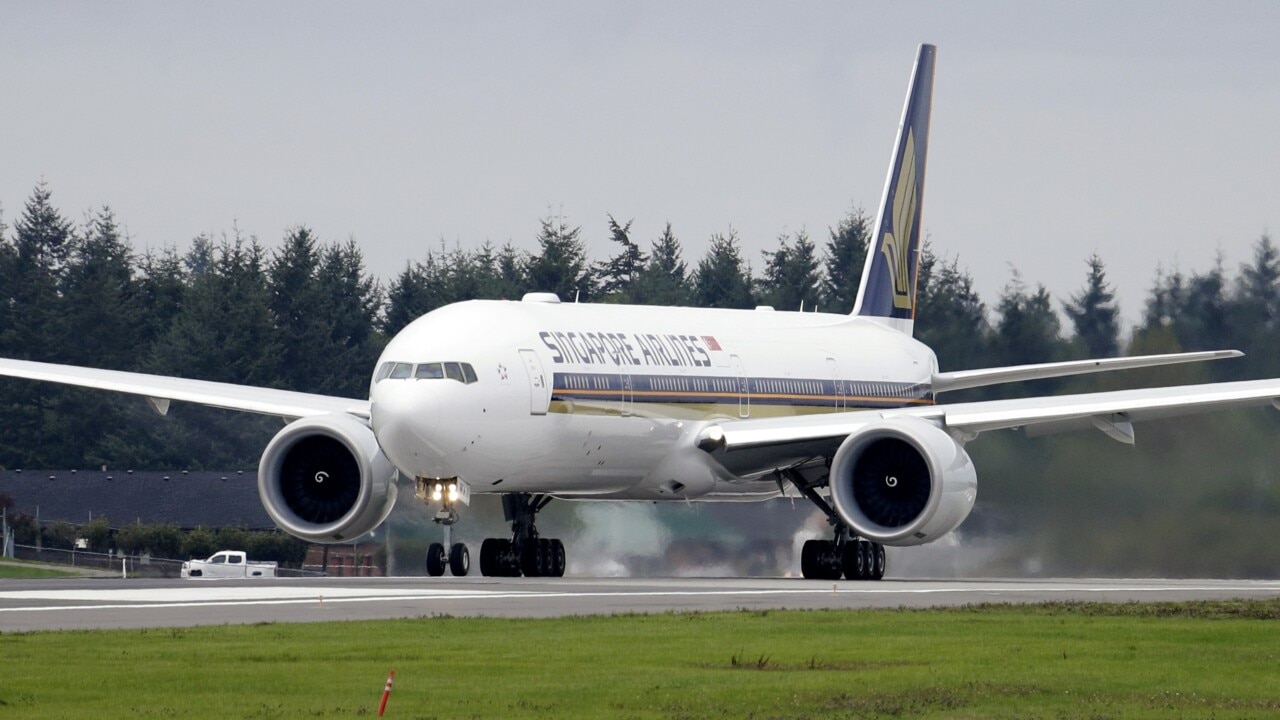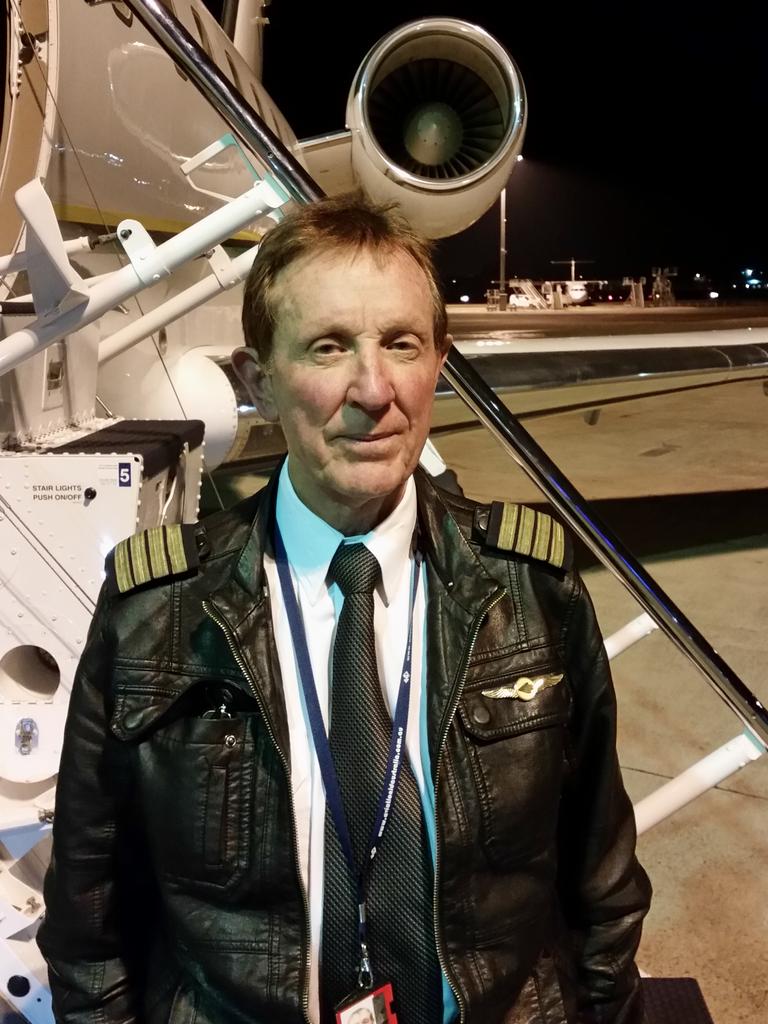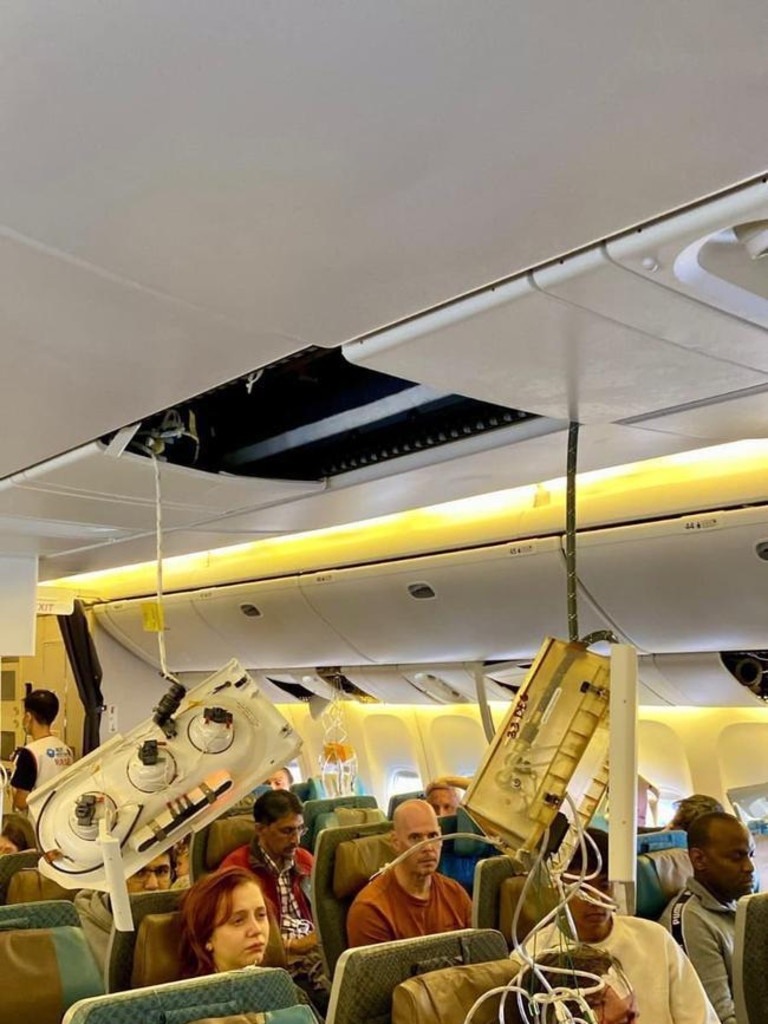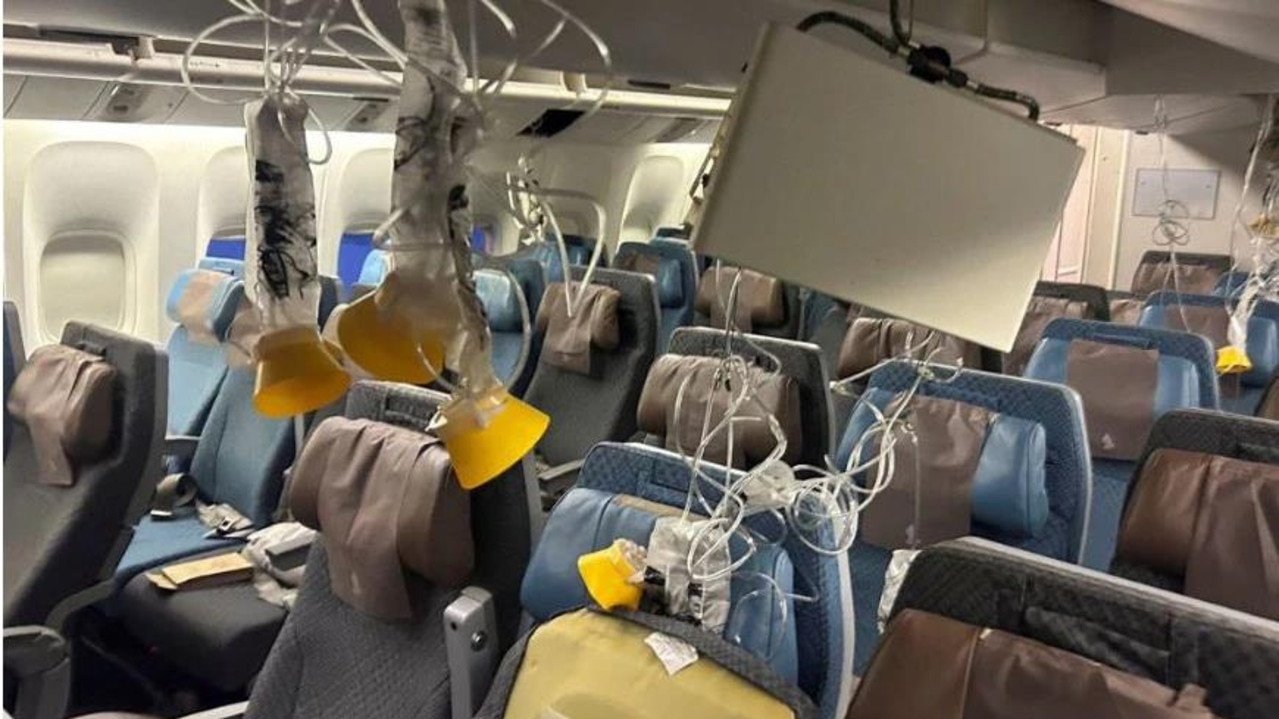Singapore Airlines flight from hell appears to be inadvertent thunderstorm penetration | Byron Bailey
I’m a captain who has flown this route in B777’s hundreds of times and know what can go wrong, writes aviator Byron Bailey.

The Singapore Airlines B777 extreme turbulence encounter appears most likely to be an inadvertent thunderstorm penetration.
I have flown this route in B777’s hundreds of times.
The area of the Bay of Bengal is the most cyclogenetic thunderstorm area in the world and the ITCZ (Intertropical Convergence Zone) which divides the northern and southern hemispheres is a particularly active thunderstorm line which hundreds of aircraft navigate through safely every day.
Thunderstorms have a core with updrafts roughly 5000 feet/minute and downdrafts of similar intensity at the edges.
An initial penetration would result in a massive dropping of the aircraft and, for example, a 4000 feet/min downdraft would result in a negative one g, with loose objects and passengers being thrown violently to the ceiling if not strapped in.


That is why it is important for passengers to have their seatbelts securely fastened especially so if the seatbelt sign is on and the captain has made a verbal passenger address concerning expected turbulence.
What is unknown is whether the seat belt sign was on and why the aircraft dropped 6000 feet (as reported).
The B777 has three autopilots and active gust alleviation controls activated by computers so gives a softer ride in turbulence compared to earlier airliners.
It appears the pilot may have taken manual control.
Modern multi-scan colour radars give a very accurate thunderstorm avoidance presentation to the pilots with green being light weather, amber being heavier and avoid if possible, and red avoid at all costs.

There is also colour purple indicating extreme wind shear.
At 37,000 feet there is also the possibility of encountering a towering cumulus cloud updraft which has run out of moisture and thus does not present on the radar.
That there were a considerable number of passenger oxygen masks that dropped down either through ceiling contact with passenger’s bodies – head and neck injuries – and the 74m long aircraft fuselage flexing indicates just how severe and totally unexpected and unprepared was the turbulence encounter.
Passengers can rest assured that there has never been a case of a modern airliner breaking up in high altitude due turbulence as the structural g limit of the wings is way beyond what stress the thin air could impose.
The only possible threat is a pilot taking control and inadequately handling the situation.
More Coverage
Originally published as Singapore Airlines flight from hell appears to be inadvertent thunderstorm penetration | Byron Bailey






